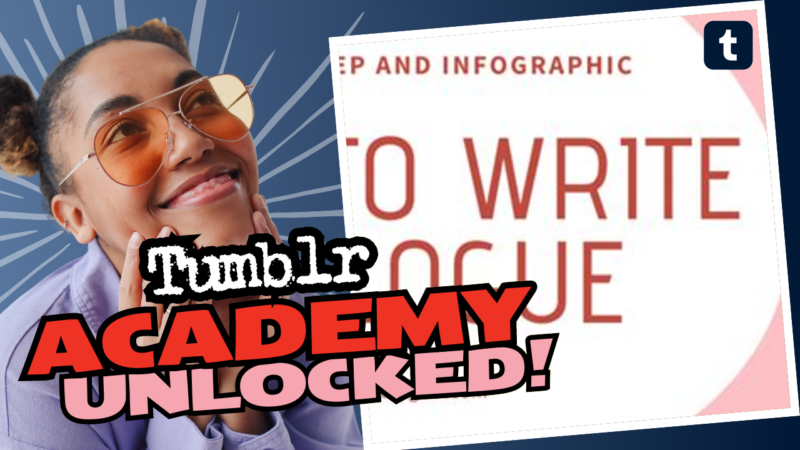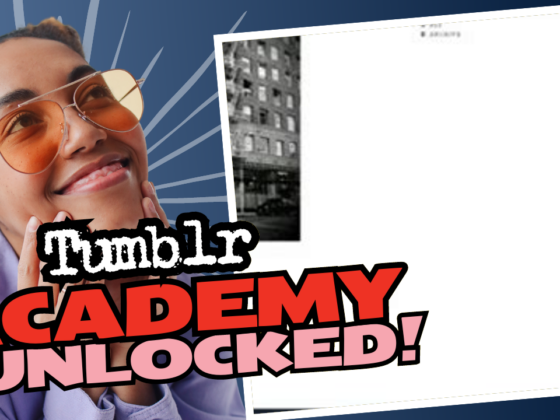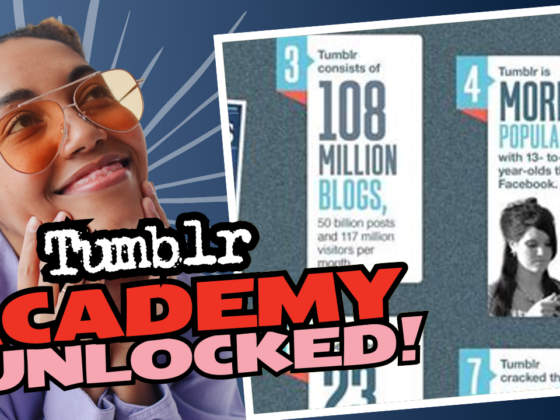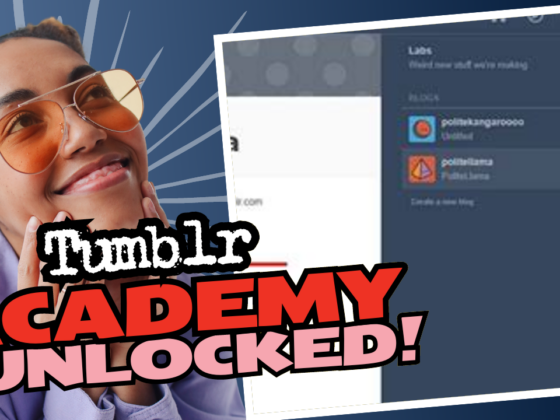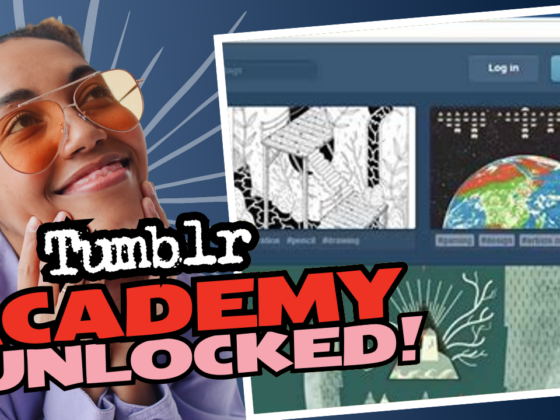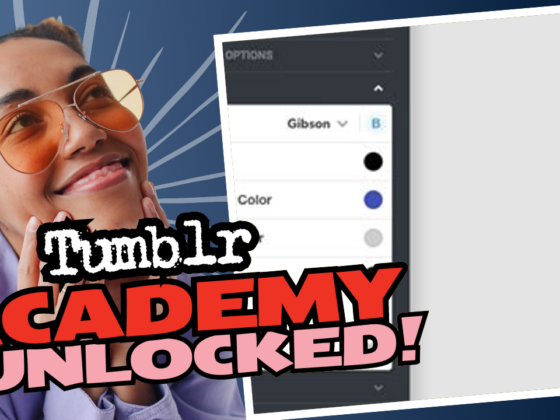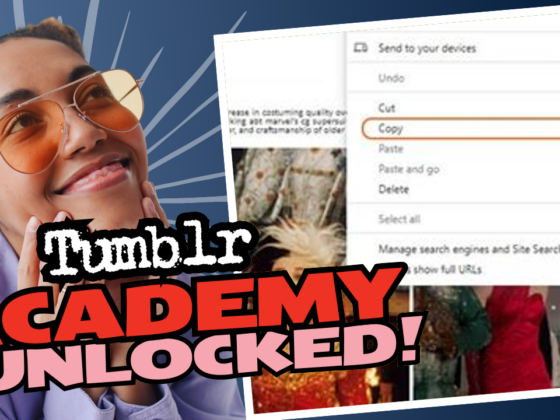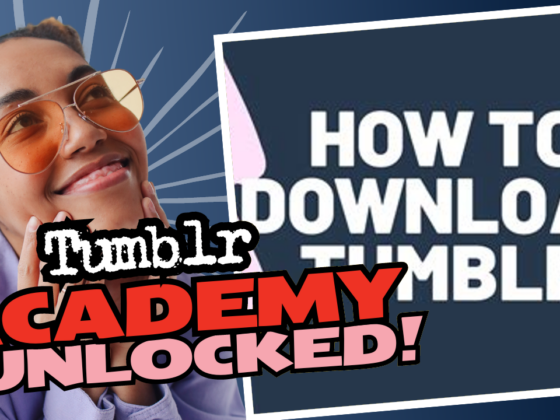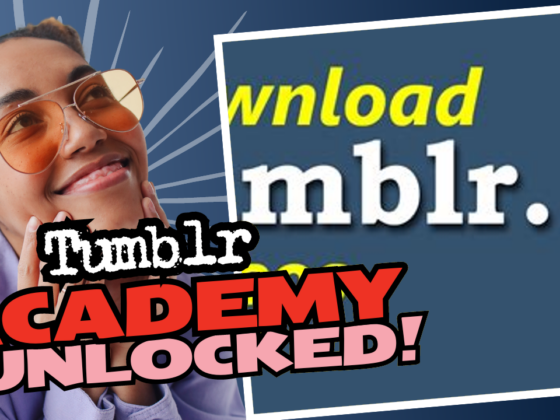Mastering Dialogue Writing for Your Tumblr Tales
Writing dialogue can sometimes feel like trying to solve a Rubik’s cube blindfolded—confusing, frustrating and exhausting! Fear not, dear writer, because I’m here to guide you through the intricacies of crafting conversations that pop like fresh popcorn.
First things first: let’s address the elephant in the room. The blandness of overused dialogue tags like *“said,” “yelled,” or “asked”* can make seasoned readers snore like they’re binge-watching a bad soap opera. To spice things up, forget the tags when you don’t need to identify speakers. If your audience can follow the conversation, let the dialogue hang freely without shackles.
Wondering how to keep things interesting? Try interspersing action beats throughout your dialogue. Action beats are those gloriously descriptive moments in between the back-and-forth that show your characters doing something (because apparently, they don’t just float around in verbal bubbles). Picture this:
“I have no idea what I’m doing,” Eddie rasped, dragging on his cigarette.”What do you mean?” Jill asked as she perched next to him, brow furrowed.
See how much life that gives? Not only does it let your readers visualize the scene, but it also adds emotional weight without slapping a *“Eddie said”* stamp on every line. Cut those tags out like the annoying little pricks they are!
Now, if you really want to avoid sounding like a toddler with a thesaurus, remember this: don’t make your characters say exactly what they mean. Mix it up! Characters should struggle to articulate their thoughts, contradict themselves, and occasionally utter a total lie. Think of it as a verbal game of dodgeball where the goal is to keep readers on their toes. If your characters are throwing precise truths and neatly-crafted sentences, it’s time for a spitball. Make it messy!
And here’s a tip straight out of the dialogue playbook from the likes of Quentin Tarantino (yes, he’s a pro for a reason!). Your dialogue should be entertaining. If you’re tipping the scales at 90% dialogue, it should pull readers in like a black hole. Fancy writing a scene where two characters discuss the merits of a cheeseburger? Make it iconic! Nobody’s tuning in for the stiff stage directions—they’re there for that engaging repartee that electrifies the page.
While you’re looking to make your dialogue slice through the noise, remember that it’s all about showing, not telling. For instance, you might write:
The sun dipped to the horizon, igniting the clouds in fiery reds and purples.”Oh my,” Sarah murmured, gazing at the sunset, her voice barely above a whisper.
This way, you convey a scene’s beauty through description and emotion rather than rigid dialogue. Don’t let your dialogues be the weak link in the storytelling chain.
Finally, don’t shy away from reading the dialogue of your favorite authors—a brilliant way to understand how they tackle dialogue tags, action, and the delicate balance of conversation. Dive in and dissect it like a mad scientist, because every unique voice can inspire you to develop your own.
Need additional tips or help navigating the rocky seas of dialogue writing? Don’t hesitate to reach out! We’re here to make sure your voice rings clear and true on Tumblr or anywhere else your imagination takes you.

